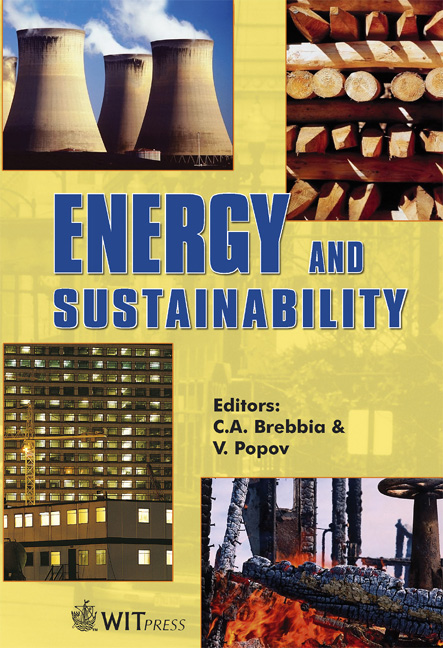Using The Triptych Model For Future Burden Sharing – A Case Study For Flanders
Price
Free (open access)
Transaction
Volume
105
Pages
9
Published
2007
Size
268 kb
Paper DOI
10.2495/ESUS070391
Copyright
WIT Press
Author(s)
K. Claes & I. Moorkens
Abstract
To prevent extreme damage caused by climate change, the EU put forward a target of a maximum temperature rise of 2°C. As a consequence, the global greenhouse gas emissions should be cut by 15 to 50% by 2050. However, eventually every Member State has to be given a specific emission reduction target. Since carbon emissions have a cost, a protectionist reflex in burden sharing negotiations can be expected. Therefore, as with Triptych in 1997, a scientific model-based proposition will probably be generated, prior to political discussions. To be acceptable, this model must be transparent. A crucial aspect is how to deal with local conditions: Are degree-days to be incorporated? Should countries be compensated for phasing out nuclear energy? A case study was carried out applying the Triptych model to the situation in Flanders. The Triptych approach is a sector specific approach distinguishing three groups of economic sectors: the energy-intensive industry, the powerproducing industry and the domestic sectors. Two variants of the model were used: an improved version of the original European model and a global version. In the former, specific CO2 emissions from the energy-intensive industry are expected to be reduced by 1.5% per year. In the power-producing sector the energy efficiency is improved by 1% each year. The domestic sectors take into account convergence of 1990 per capita emission levels to equal per capita allowances in 2030. In the Global Triptych approach, convergence is applied to all three sectors. The outcome of the model was compared to projected energy use in Flanders until 2020. The comparison shows a gap between the results of the Triptych exercise and what may be expected in a business-as-usual scenario. Keywords: climate change, burden sharing, CO2 emissions, Triptych model, emission projections.
Keywords
climate change, burden sharing, CO2 emissions, Triptych model, emission projections.





